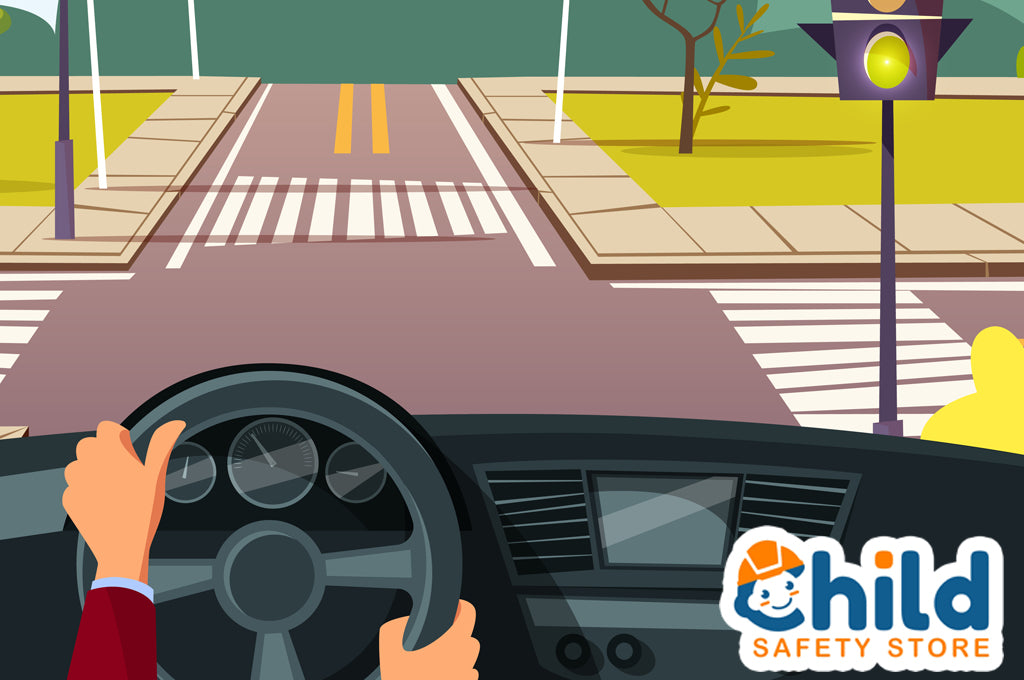
Stay Alert: Drowsy Driving Prevention Week 2018
Driving while tired can be hazardous to your health. On the Child Safety Store blog, we’re concerned about any dangerous activity that puts children (and their caregivers!) in harm’s way. To that end, we’re happy to spread the word about the Drowsy Driving Prevention Week 2018.
What is Drowsy Driving Prevention Week?
From November 5th through the 12th, the National Sleep Foundation is recognizing Drowsy Driving Prevention Week. Each year, the Foundation aims to bring greater awareness to the perils of getting behind the wheel while tired.
It’s a big, and important, mission. After all, the National Sleep Foundation estimates that sleepy drivers are responsible for more than 6,400 deaths annually in the United States. It also accounts for 50,000 injuries each year.
They’re not alone in these findings. According to the AAA Foundation for Traffic Safety, roughly 21 percent of all fatal motor vehicle crashes involve a drowsy driver. Furthermore, the AAA Foundation projects that drowsy driving plays a role in an average of 328,000 crashes annually.
Drowsy Driving Could Reach Even Further
To make matters worse, those ominous projections might actually be rather conservative. The reach of drowsy driving could be even more worrisome. After all, you can’t exactly test for “how tired” a driver was during a collision. As of today, we don’t have a reliable Breathalyzer-like test for this. In these cases, in order for the cause to be reported accurately, statistics rely on the driver actually admitting that they were falling asleep. According to a Gallup survey from 2002, 37 percent of drivers have reported being drowsy or straight-up falling asleep at least once while behind the wheel.
How Can Drowsy Driving Prevention Week Help?
Awareness and education are critical to the success of Drowsy Driving Prevention Week. Here’s the situation according the the official website:
A new poll commissioned by the National Sleep Foundation (NSF) shows that a total of 97% of those polled see drowsy driving as a threat to safety, with more than 68% considering it to be a major threat. Furthermore, three in 10 Americans reported not knowing how many hours they could be awake without sleep and still drive safely. These findings highlight the need for public education on how to assess one’s alertness and risk of driving while drowsy.
As you can see, that’s fairly dire. To make matters worse, we’ve just rolled our clocks back for daylight savings time. That means it’s going to be much darker much earlier on the nighttime roads. Everyone should stay alert for other drivers accidentally drifting out of their lanes… and for getting enough sleep themselves.
Here are some general safety tips to keep you and your children safe:
- Be absolutely sure to get enough sleep and don’t even think about driving while drowsy.
- If you are already on the road and feeling drowsy, try to pull over immediately. Then park in a safe place and nap for at least 20 minutes.
- When possible, travel with an alert passenger. Conversation and accountability can do wonders for staying energized. Also, an alert passenger can take over at the wheel if you feel tired.
- Coffee and energy drinks can be helpful, but they are not the same as a good night’s rest. Don’t bet your life on a beverage.
In the meantime, you can support Drowsy Driving Prevention Week by helping to spread the word. Share this blog post, or some of DrowsyDriving.org’s other valuable resources and information, on social media using the hashtag #AlertAtTheWheel.
Stay safe, everyone!
